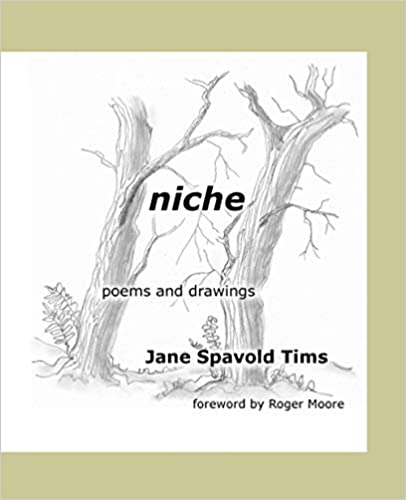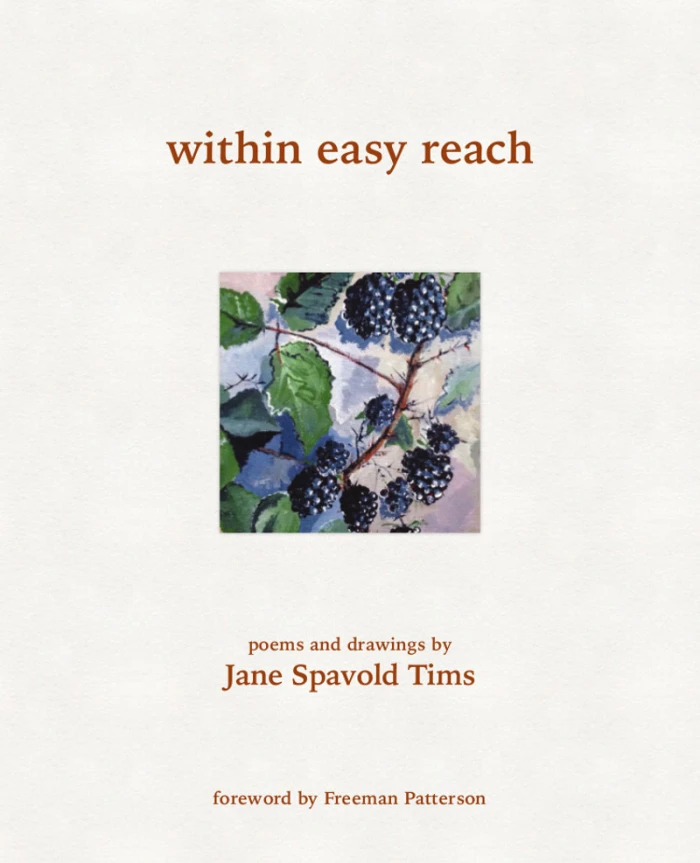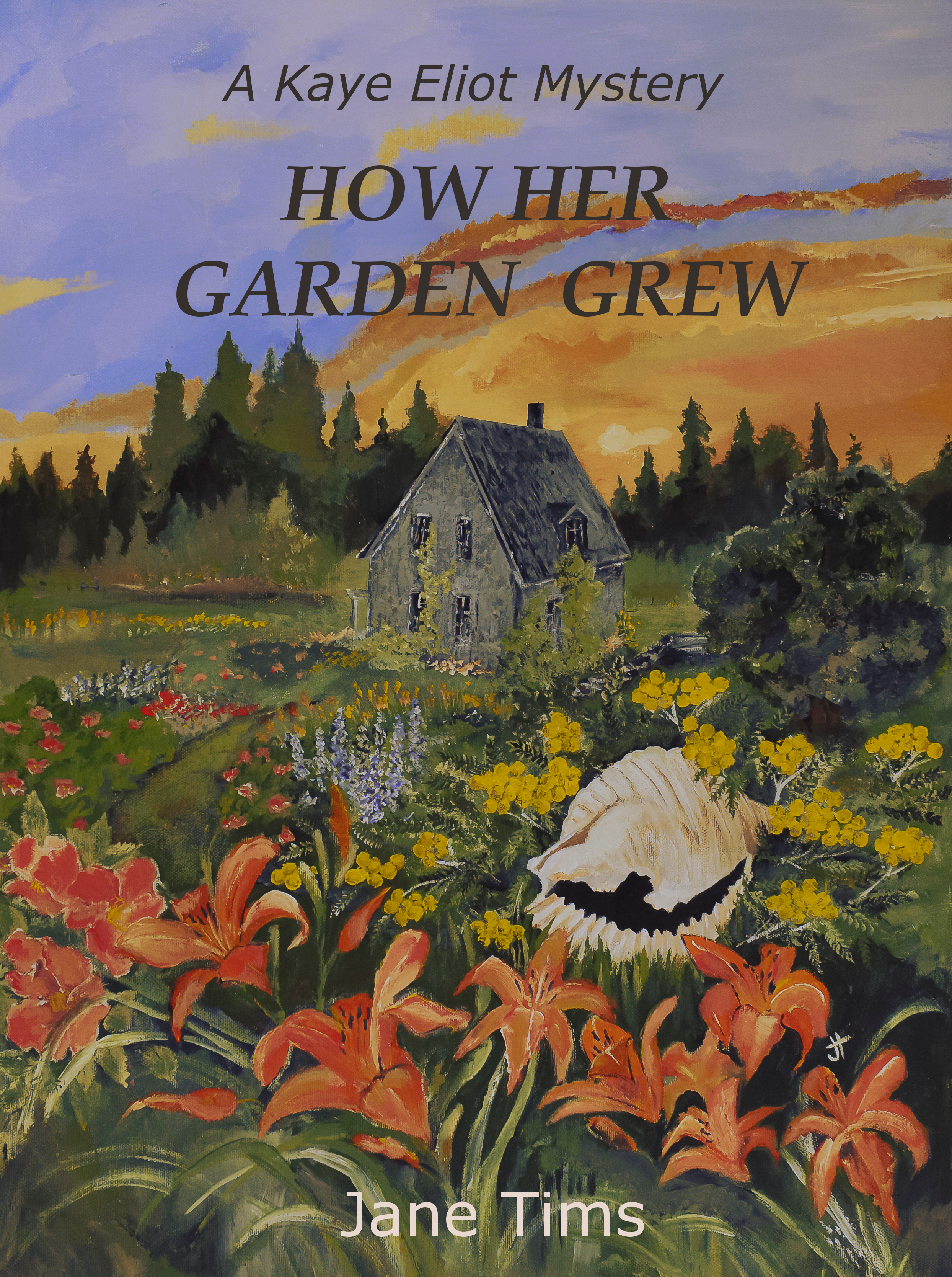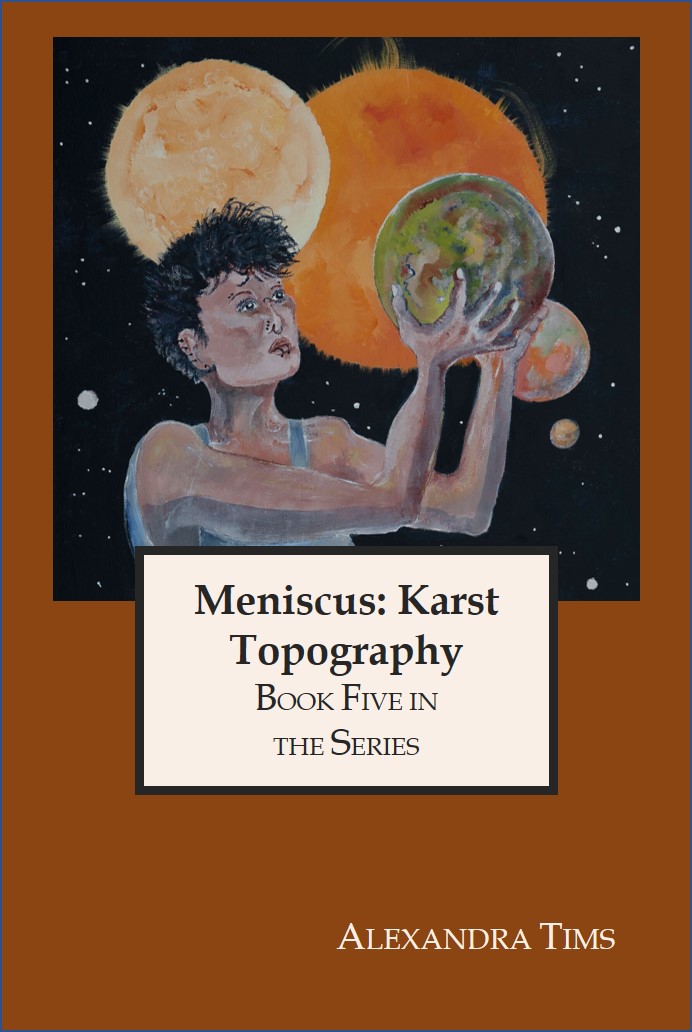air to breathe
As I approach retirement, I find I am thinking a lot about my past work. My first job was as a botanist in the field of air quality.
Some plants are very sensitive to air pollutants and develop ‘herring bone’ patterns on the leaves when the levels of pollutants like sulphur dioxide get too high. Other plants can be used as monitors since they absorb pollutants from the air.
I worked to diagnose air pollution injury to sensitive plants and designed ways of using plants to assess air quality problems. We grew tobacco to measure ozone pollution, set out ‘tea bags’ of sphagnum moss to monitor levels of trace metals in the air, and collected reindeer lichens to determine their pollutant exposure. I had wonderful days identifying plants, collecting lichens and being a botanist.
My favourite air pollution monitors were the reindeer lichens. These are like all lichens, a symbiotic organism consisting of an algae and a fungus. They have no roots, so they absorb all their nutrients from the air, making them an excellent monitoring system for air pollutants. They were a challenge to identify and the habitats where they grew took me to some very interesting places in New Brunswick. These included peat bogs where the lichens grew beside pitcher plants and sundews, mountain-tops dominated by ericaceous species like sheep laurel (Kalmia angustifolia L.) and blueberry, and high flung rock outcrops where I could see all the world below me as I picked my specimens.
Although we collected many species, the three reindeer lichens most useful for our studies were Cladina arbuscula, Cladina rangiferina, and Cladina stellaris. These are all ‘fruticose’ lichens, species with a ‘shrubby’ appearance, consisting of a main branch with many side-branches. A single ‘plant’ fits nicely in your hand. The Cladinas all have hollow branches and could be (and are) used as little trees in HO scale train models.
Cladina arbuscula (Wallr.) Hale & Culb. grows in extensive colonies, and is yellowish-green. The tips of the branches all point in one direction, a distinguishing characteristic of the species. Cladina rangiferina (L.) Harm. is often found growing with Cladina arbuscula and can be distinguished from arbuscula by its very blue-grey appearance.
Cladina stellaris (Opiz) Brodo is yellowish-grey, and grows in distinct clumps which resemble small ‘poofy’ trees.

Cladina lichens and moss on the rock at Moss Glen Falls in New Brunswick. The clump of lichen towards the center, looking like the ice cream in a cone, is Cladina stellaris.
On our travels this summer, I reacquainted myself with the Cladinas. And I remembered all the remote places I have been as a result of my work. One of these was Turtle Mountain in southern New Brunswick, now protected as part of the Loch Alva Protected Natural Area (PNA). It is a very old mountain, worn to a granite hill. At the top of the hill, is an ericaceous meadow where Cladina lichens flourish.
Turtle Mountain, 1979
~
afternoon air at the base
of the food chain
rewards obligation to breathe
~
grazing tickles the nose
and grey-blue lichens know
laurel and balsam
~
flume of curtain billows
across the daybed
into the room
~
into the space between
Kalmia and wintergreen
meadow heat rising from stone
~
marbled weave of oxygen
hydrogen nitrogen
bilberry and salt ocean
~
© Jane Tims 2011























I love the way you blend botany, art and poetry… I did not know that lichens were made up of an algae and a fungus. And I think I must confuse lichens and mosses – a nature walk with you would be very enlightening!
LikeLike
Barbara Rodgers
October 31, 2011 at 9:59 am
Hi Barbara. I’ll do a comparison sometime, between lichens and mosses, and then you will be able to botanize with the best. Thanks! Jane
LikeLike
jane tims
October 31, 2011 at 7:34 pm
What a wonderful way to work, being in the outdoors like that and learning about plants and doing something it sounds like you enjoyed doing.
Beautiful post, as always. 🙂
LikeLike
Robin
October 29, 2011 at 7:27 pm
Thanks, Robin. I have been very fortunate with my work.. even now I get to travel around, seeing more people than lichens these days, but still interesting and fun… Jane
LikeLike
jane tims
October 29, 2011 at 7:54 pm